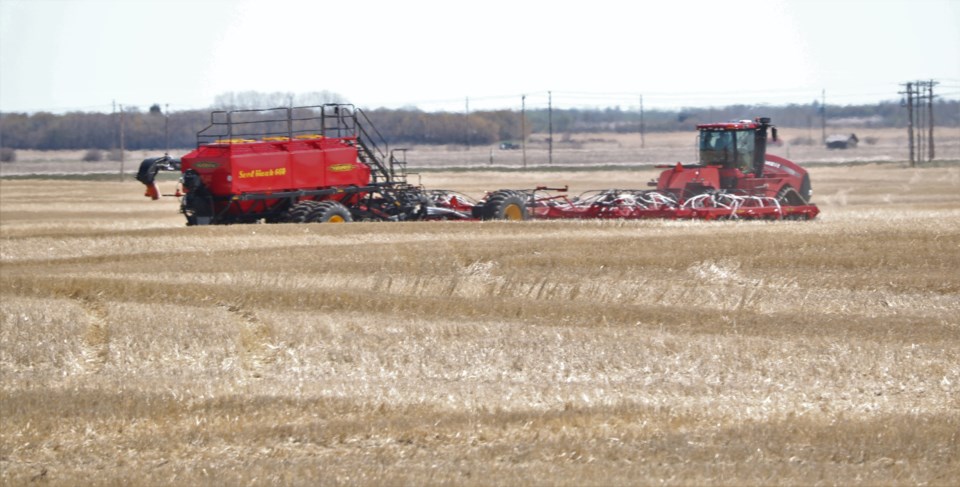YORKTON - Grain and oilseed producers had to have shuddered just a bit following a recent report by David Lobb, speaking to the senate committee on agriculture and forestry’s soil study.
Lobb said not much has changed since the Senate’s Soil at Risk report in 1984.
If that is true it is suggestive that efforts to better conserve our topsoil the past four decades have little impact toward improving things.
My writing career doesn’t reach back quite four decades, but it is close, and certainly through that time I have written a lot of articles on soil conservation.
Through that tie have been initiatives such as Save Our Soils, a move to zero, or no till seeding in an attempt to preserve trash cover to protect the soil from blowing in Prairie winds and to better hold water in the soil, and a move to chem fallow for the same reasons.
Each of the steps was supposed to be helping, and when the measures are added up, we might expect to see some rather positive results.
While obviously 40 years is not a massive amount of time in terms of soil creation, it should have been enough time to show measures being taken are moving the needle in the right direction.
Given that soil health has to be a paramount concern because it is such a critical resource when it comes to food production, the statements by Lobb at the very least require a fresh look at conservation, and how to best go about it.
Of course the question that should also be asked is how the sector undertook significant changes in how they do things because research suggested the changes would help, have now been been shown at best as moves to tread water in terms of soil conservation.
While research can never be flawless, in the end it really has to be correct. It is disquieting when efforts toward soil conservation come up flat, and the efforts of the farm sector for some 40 years are having limited impact.
Certainly moving forward, the agriculture sector already has its challenges; climate changes and how to best adopt GM technology a couple leading the way; and now perhaps an overhaul of how to best conserve soil jumps into the mix – again.
Of course in the end the agriculture sector needs to get it right. The soil resource is finite and certainly a critical one, so preserving it as best we can is a must.
However, that is best achieved by needing identification and implementation as quickly as possible as another 40 years of spinning our wheels is not a reasonable option.






